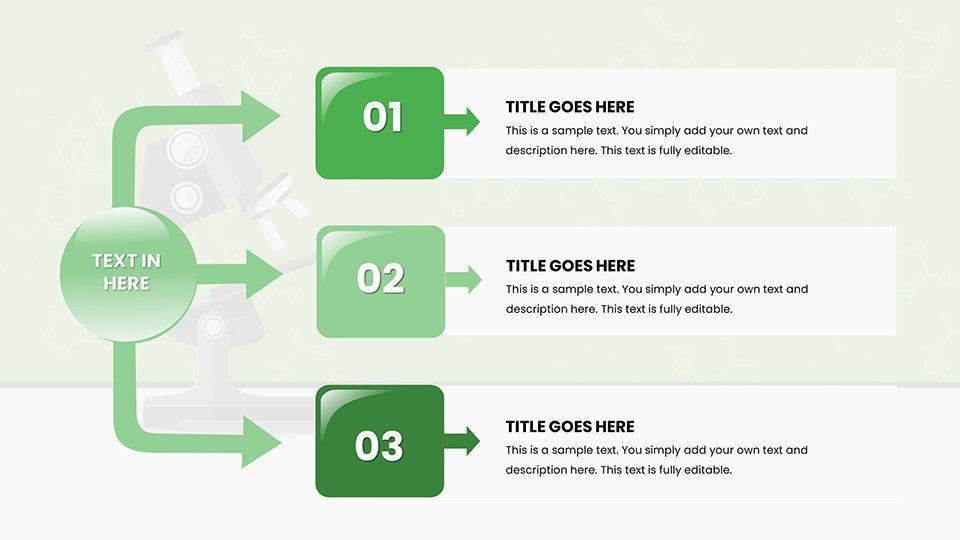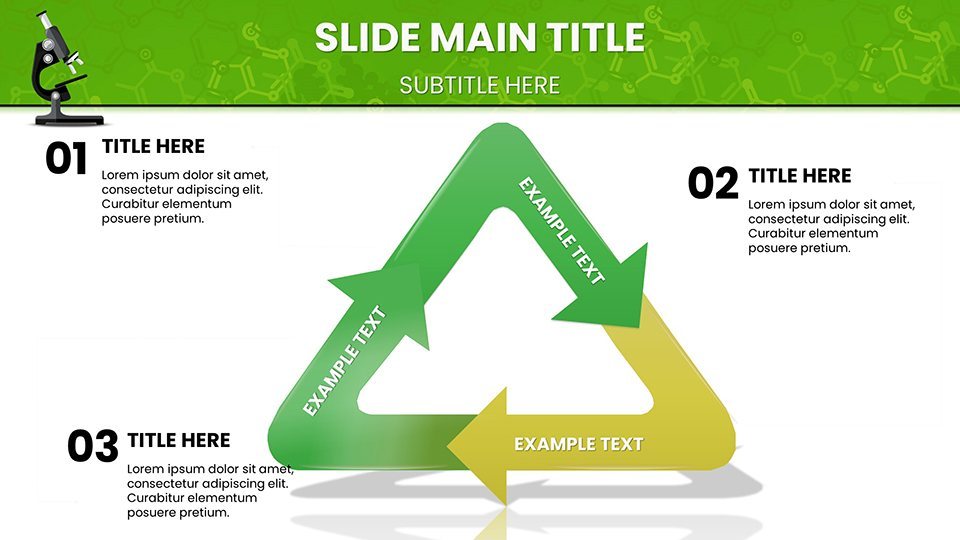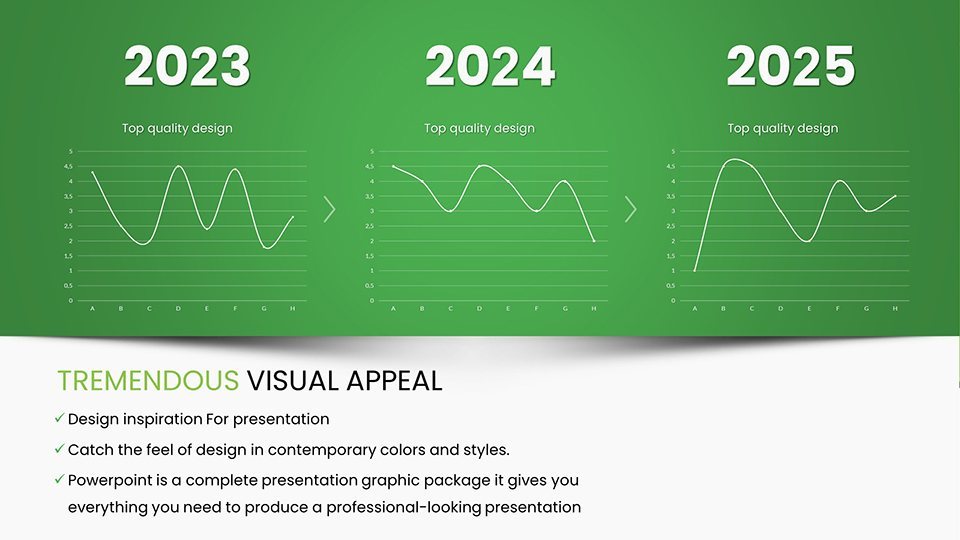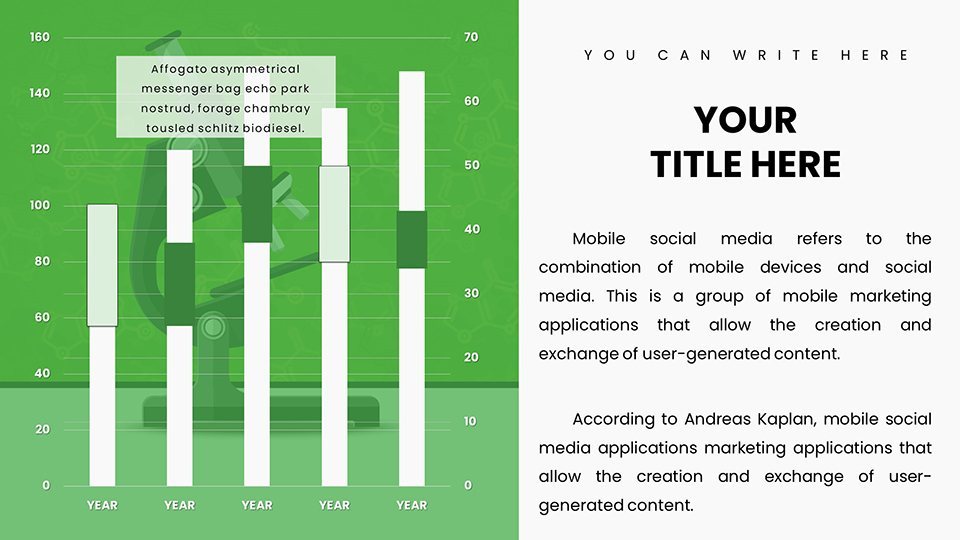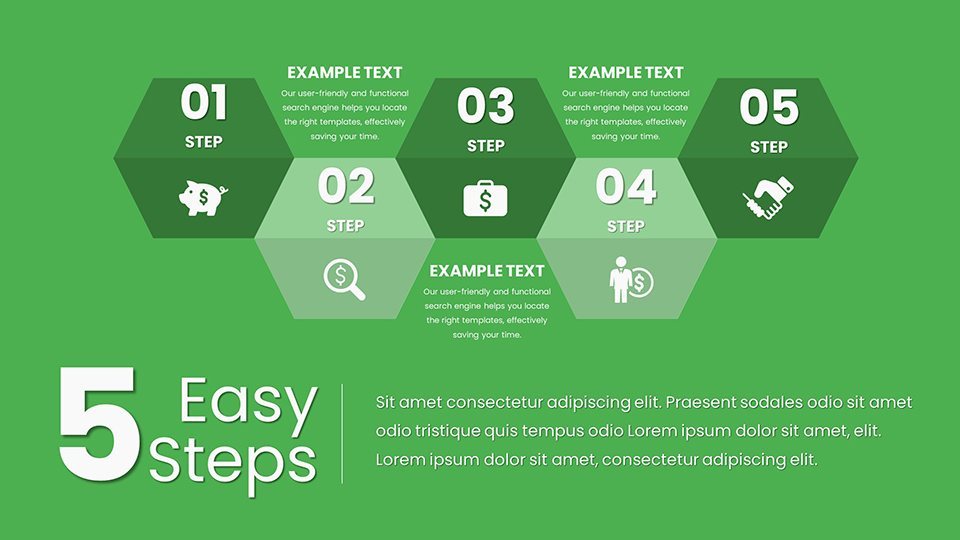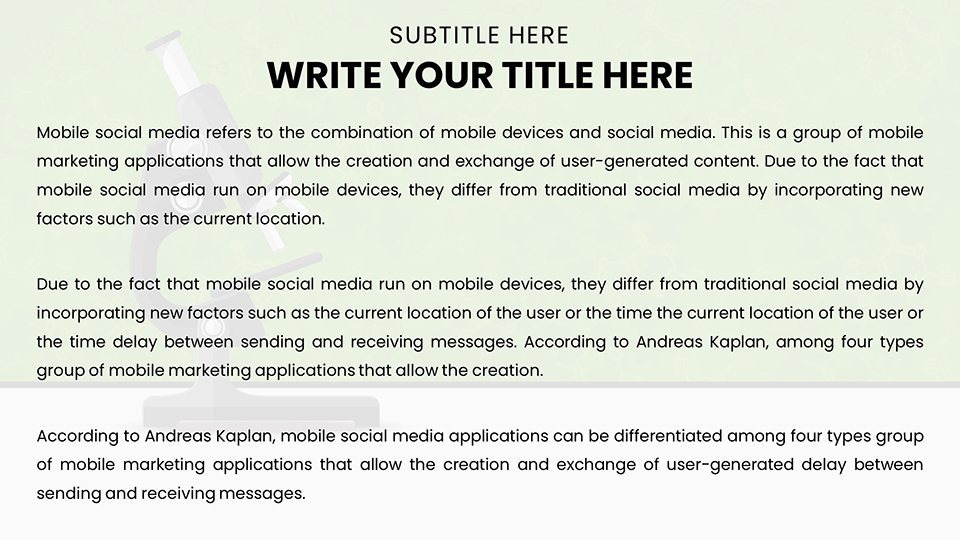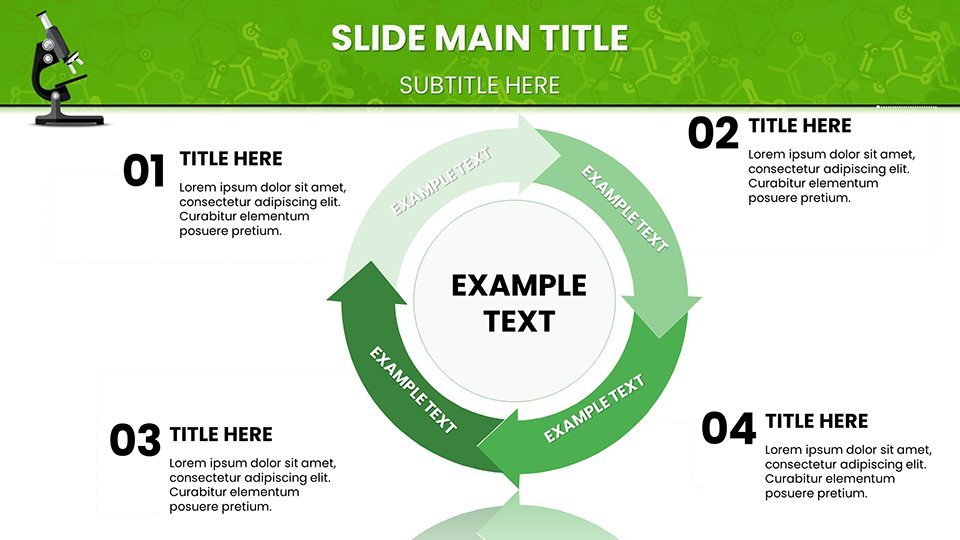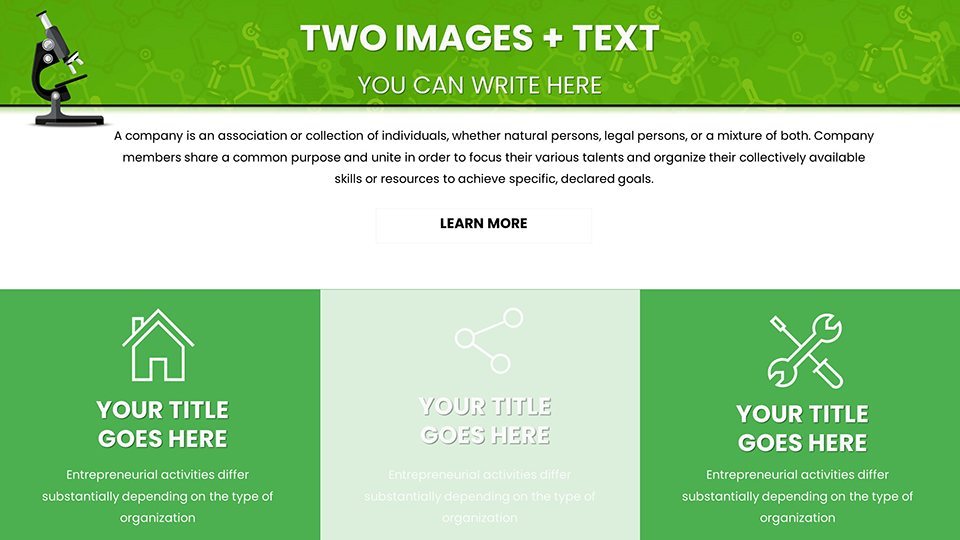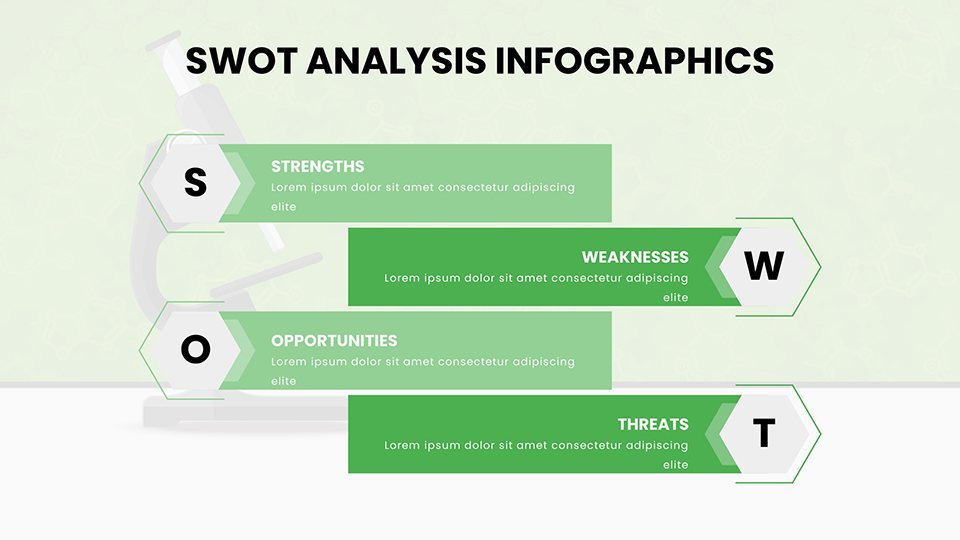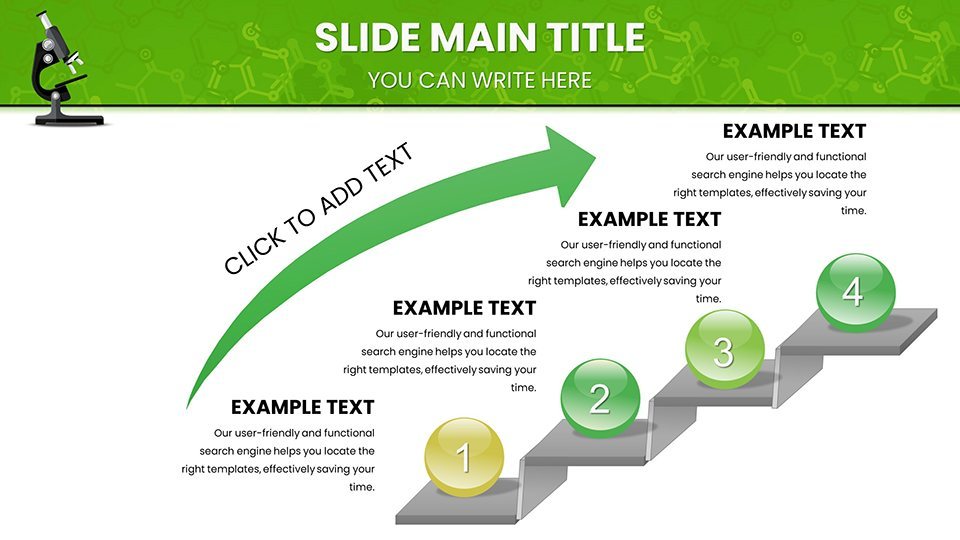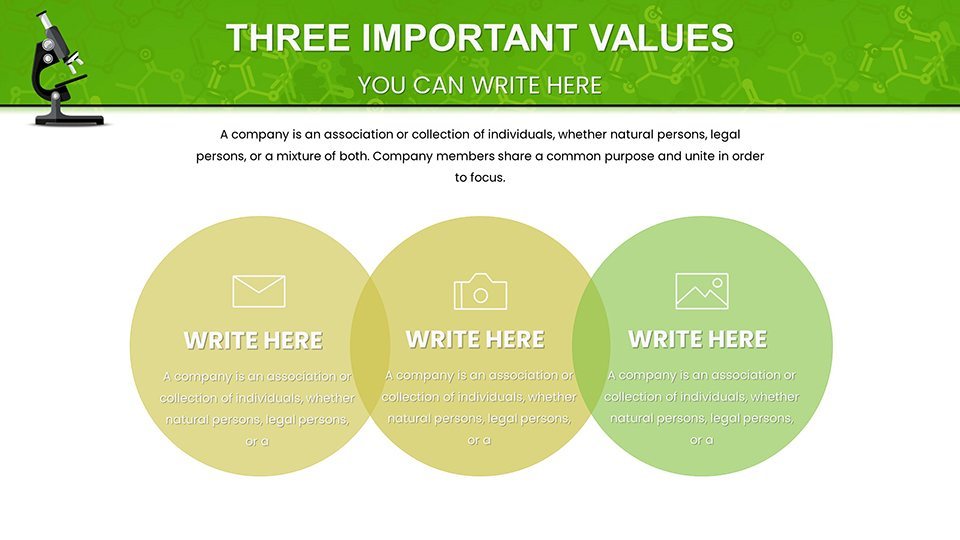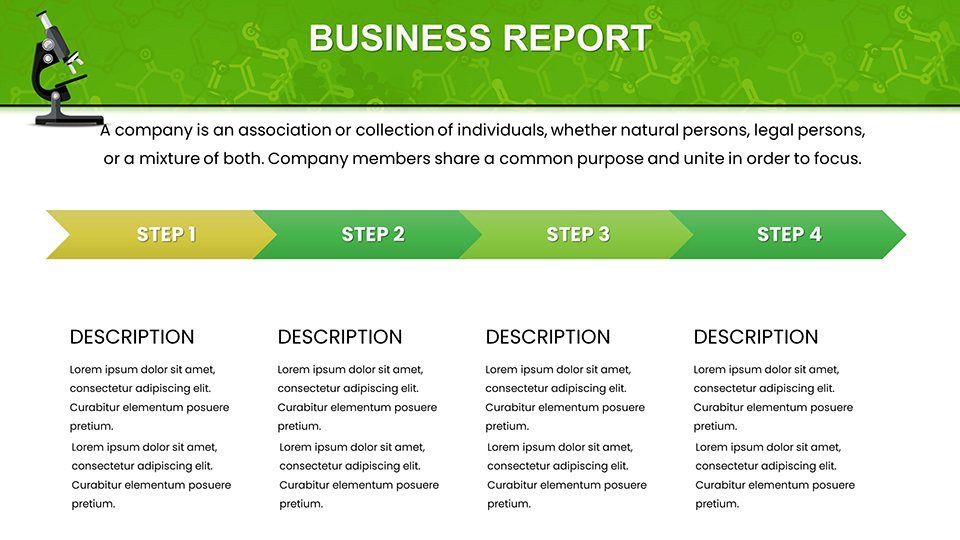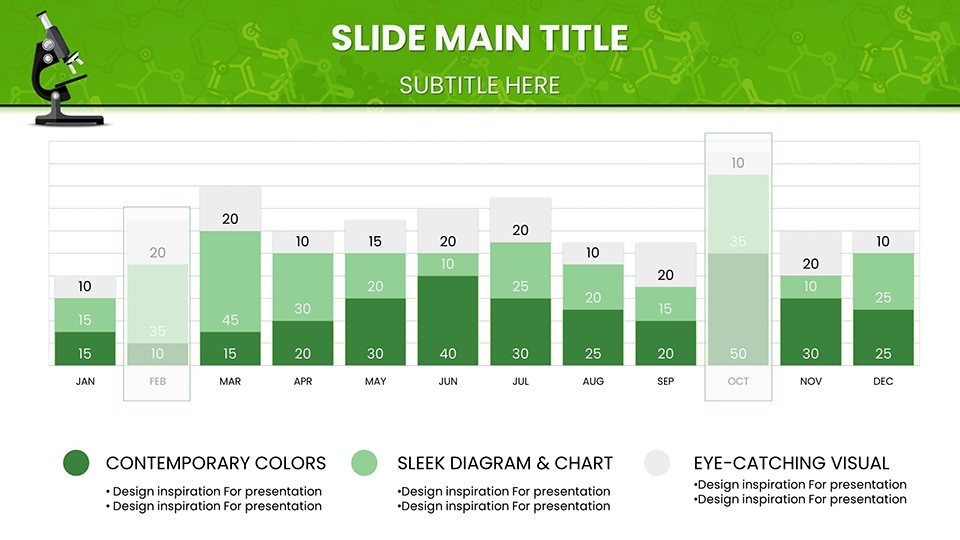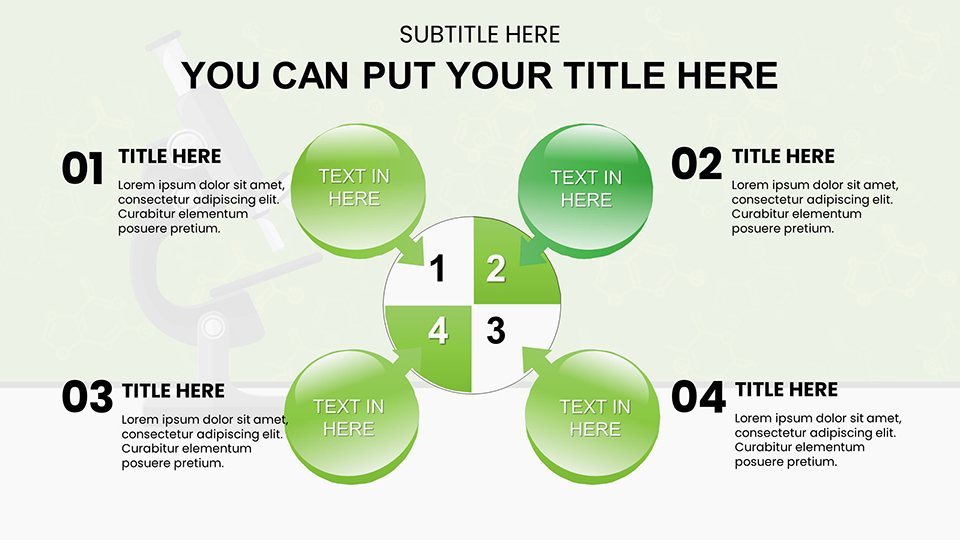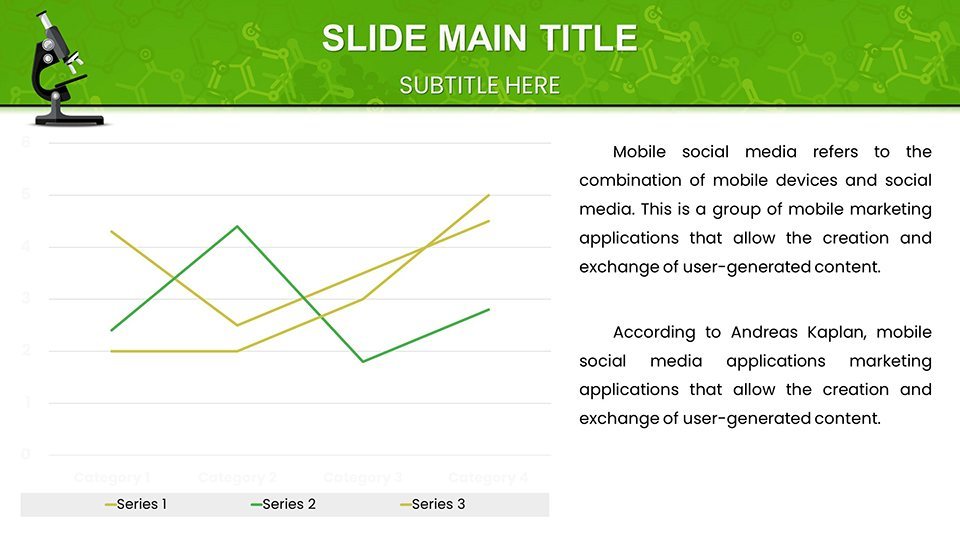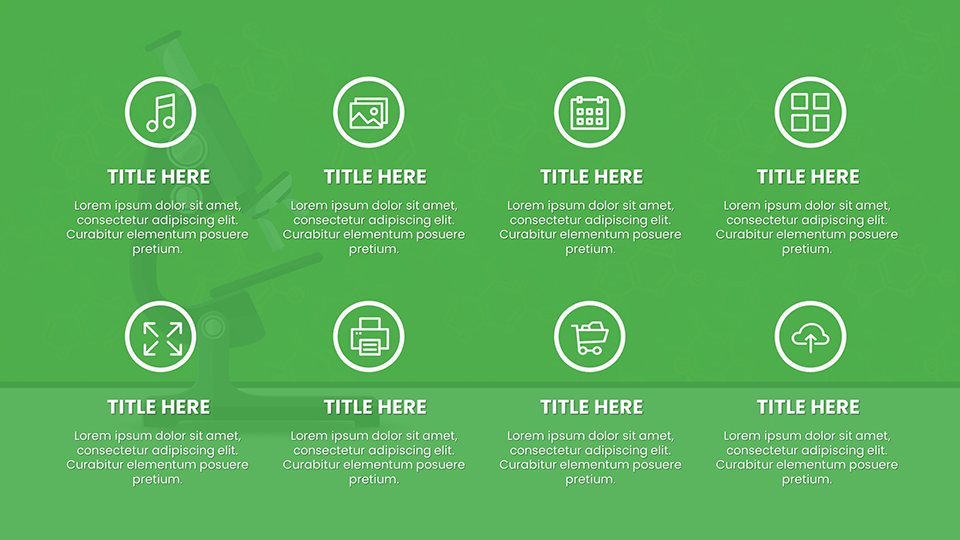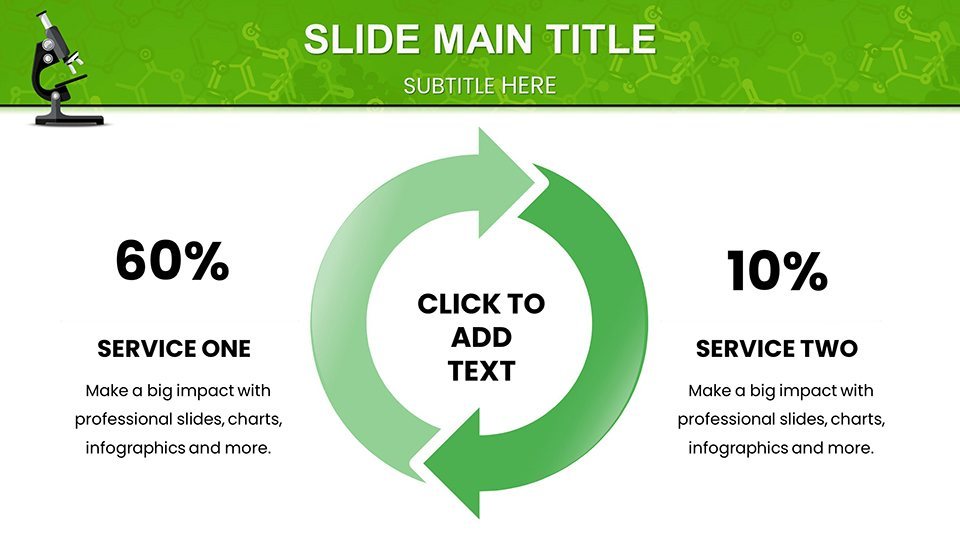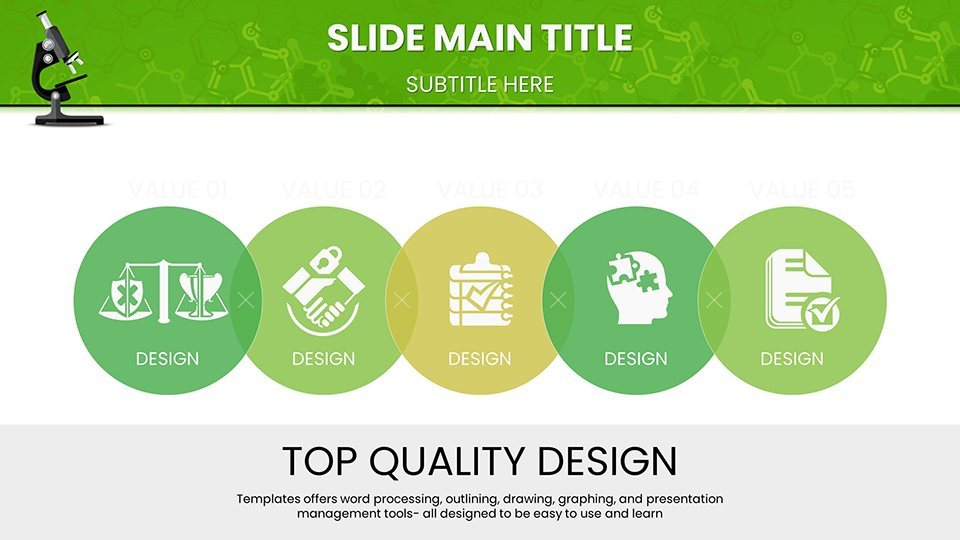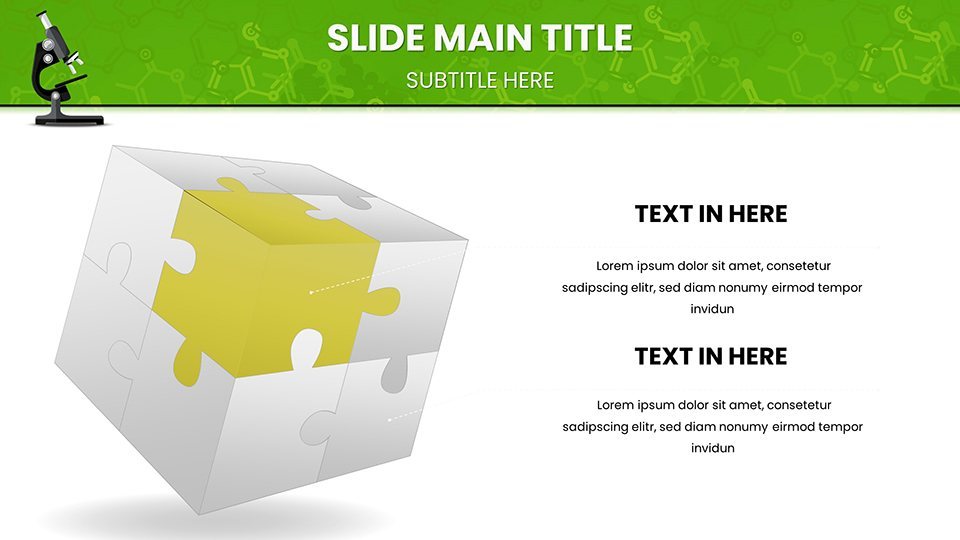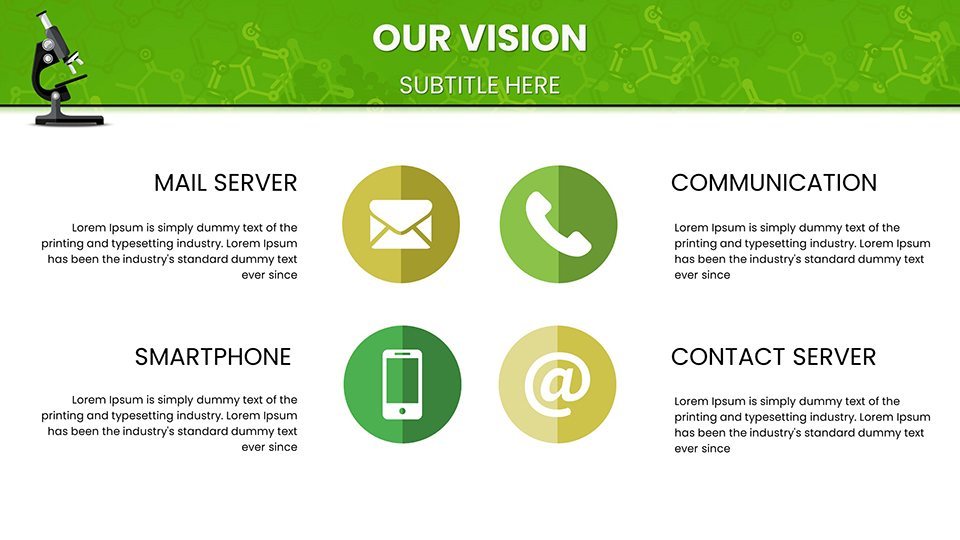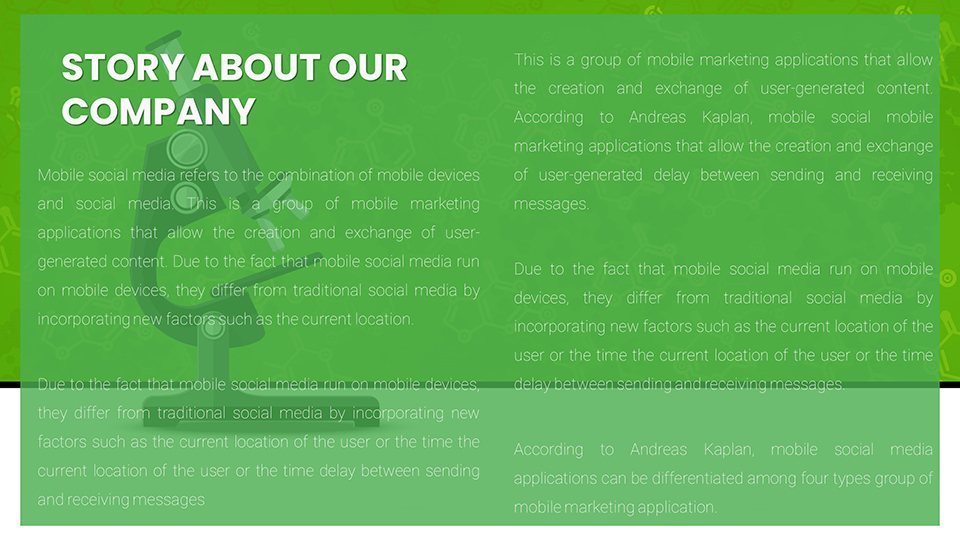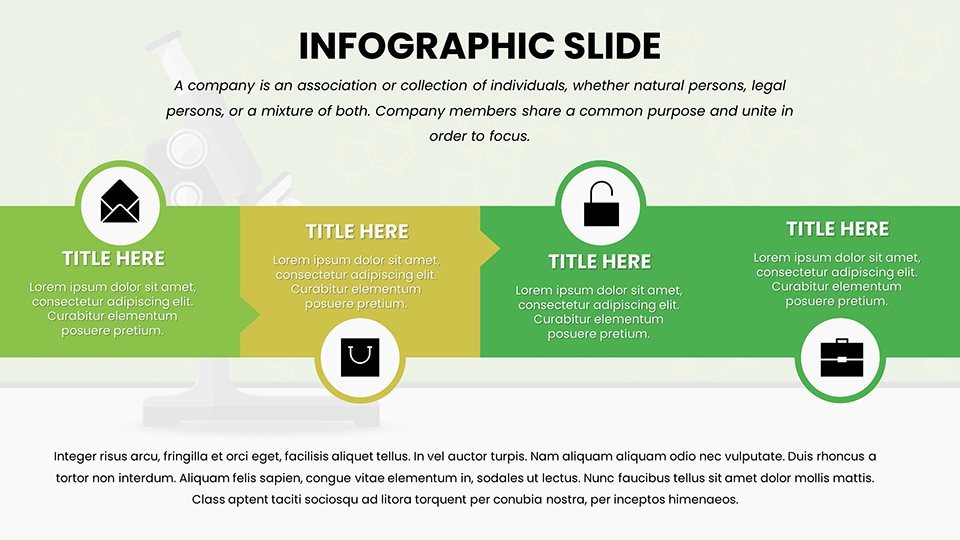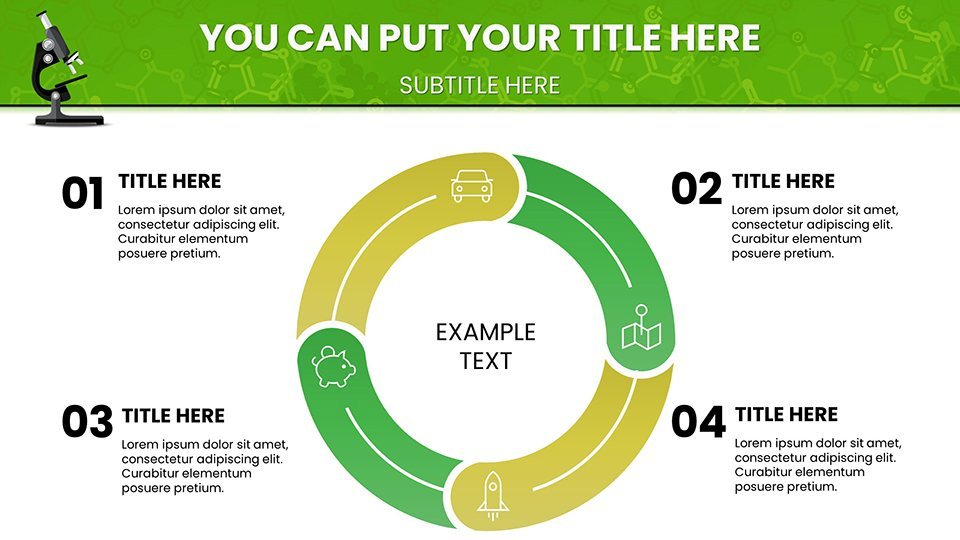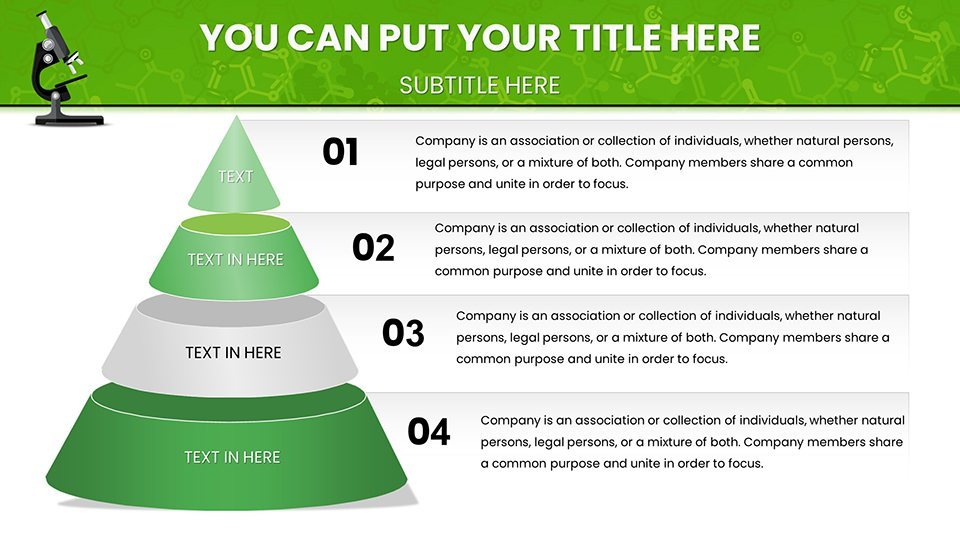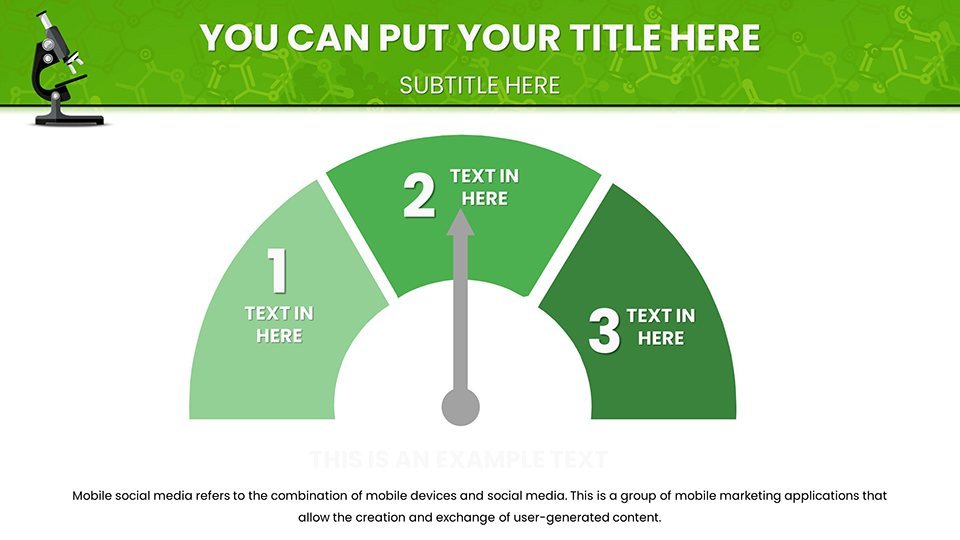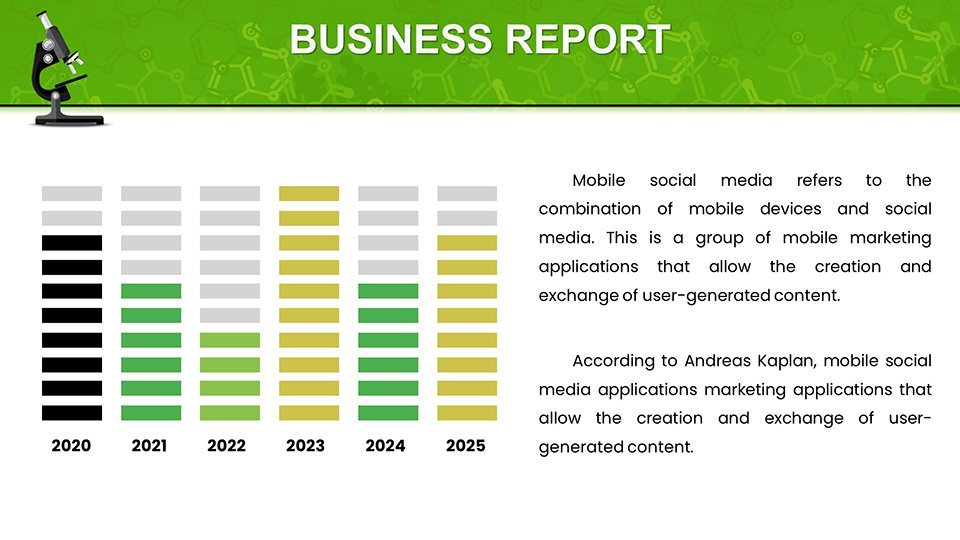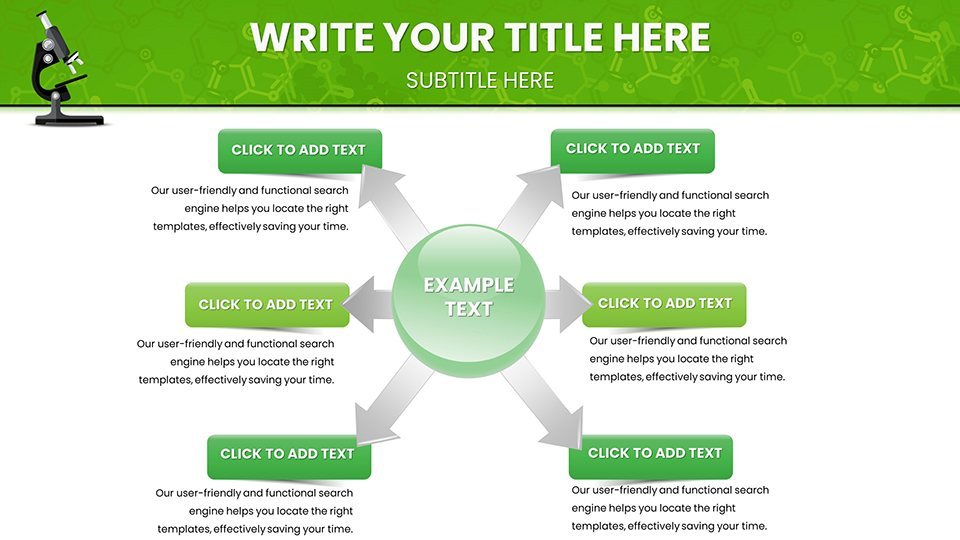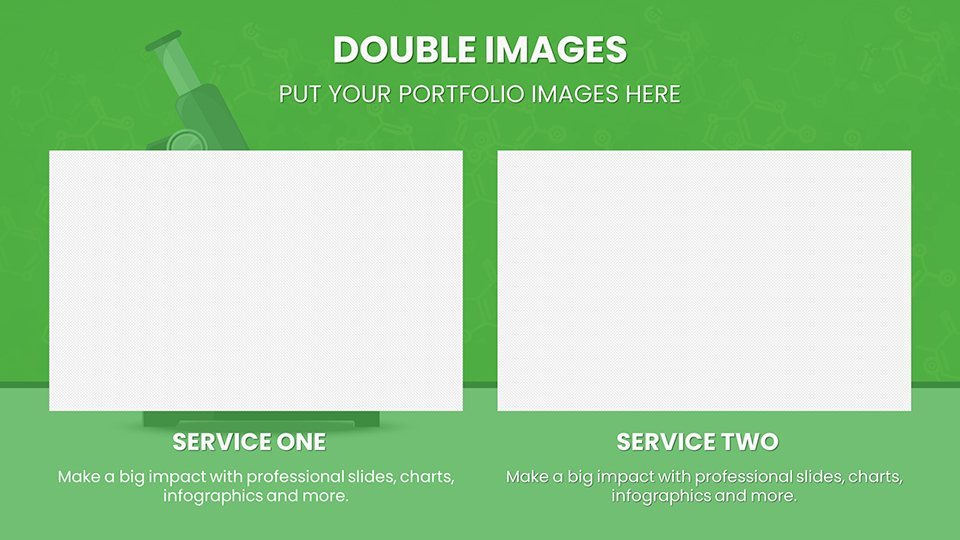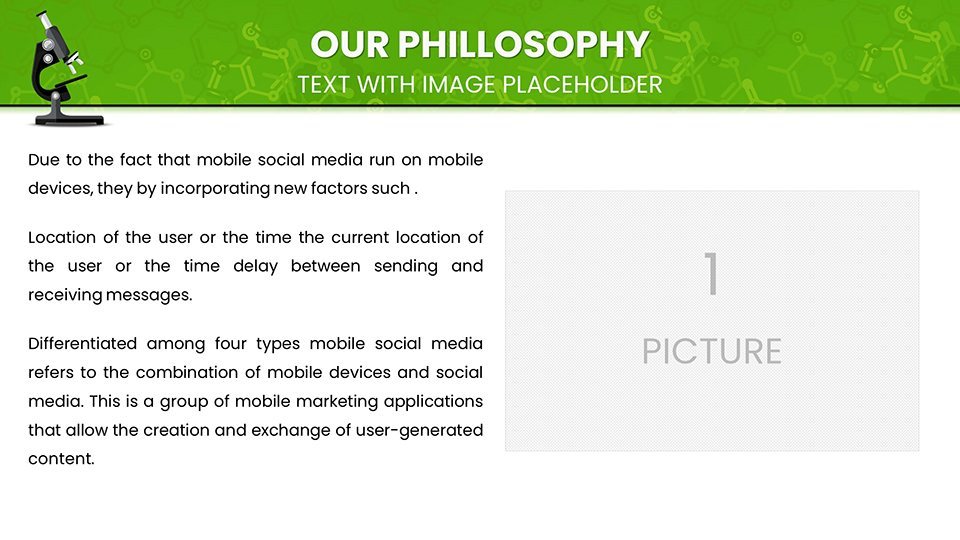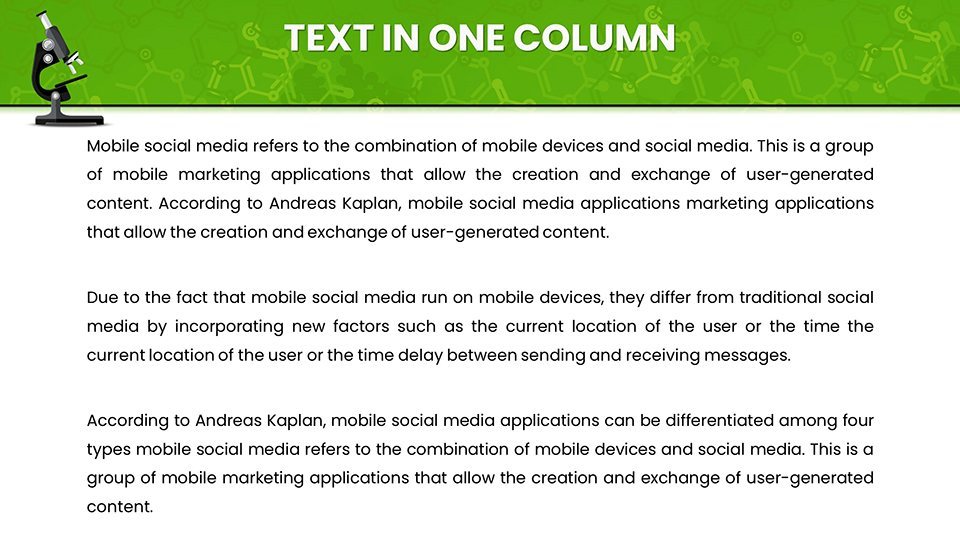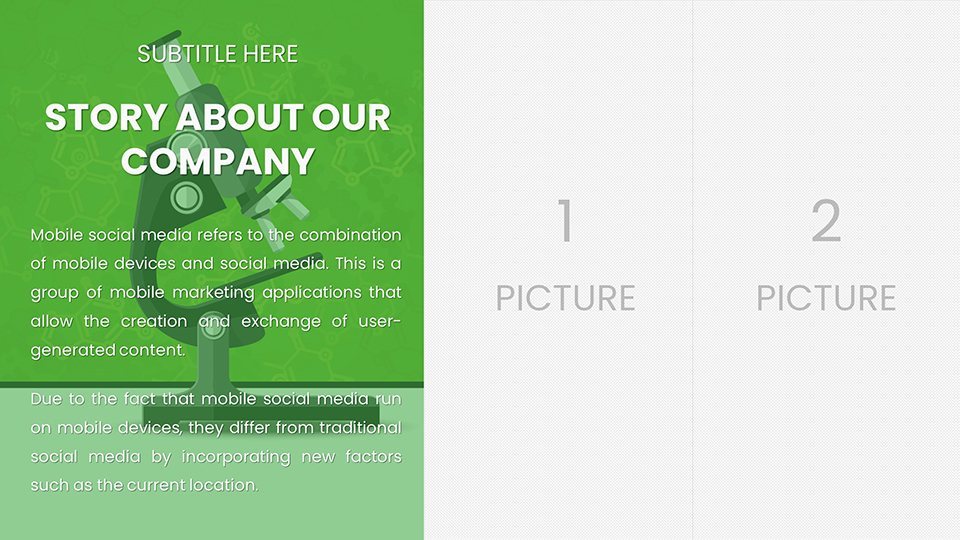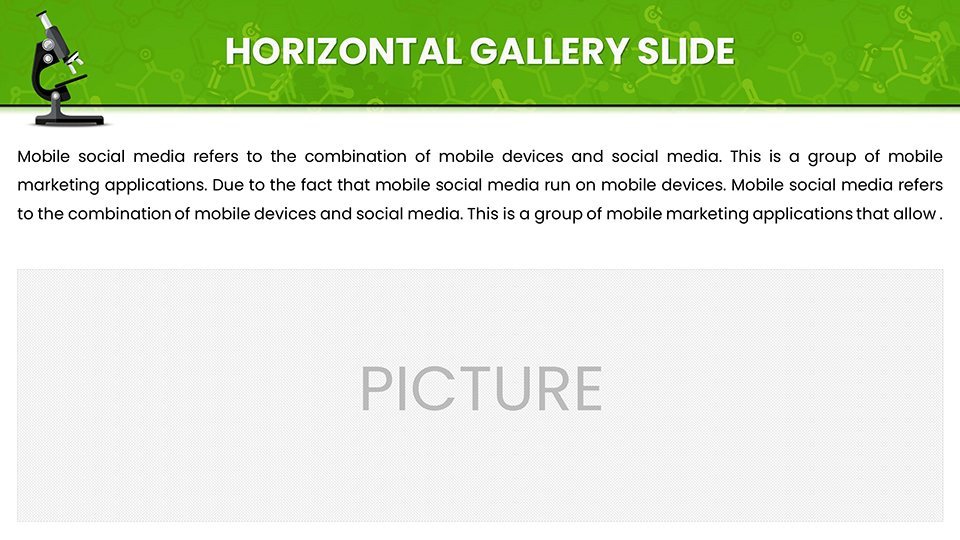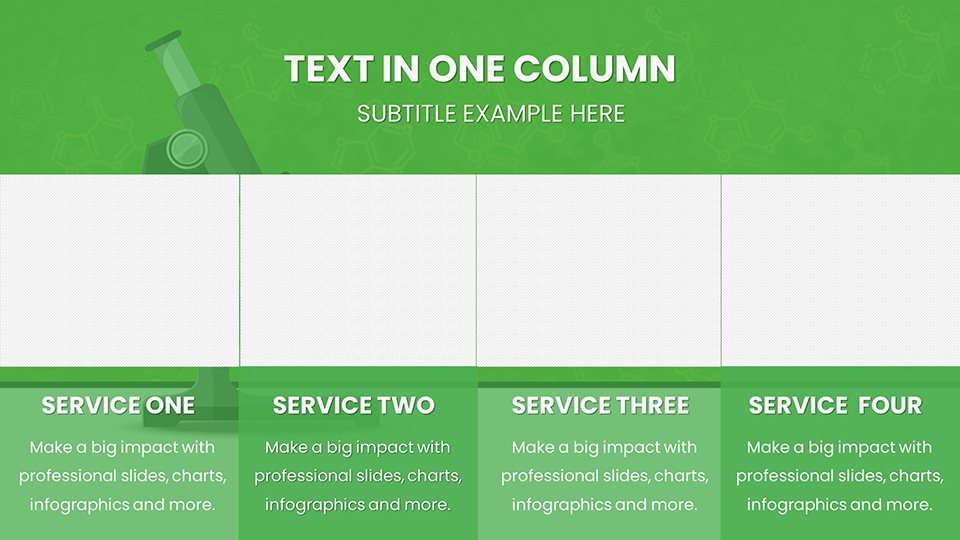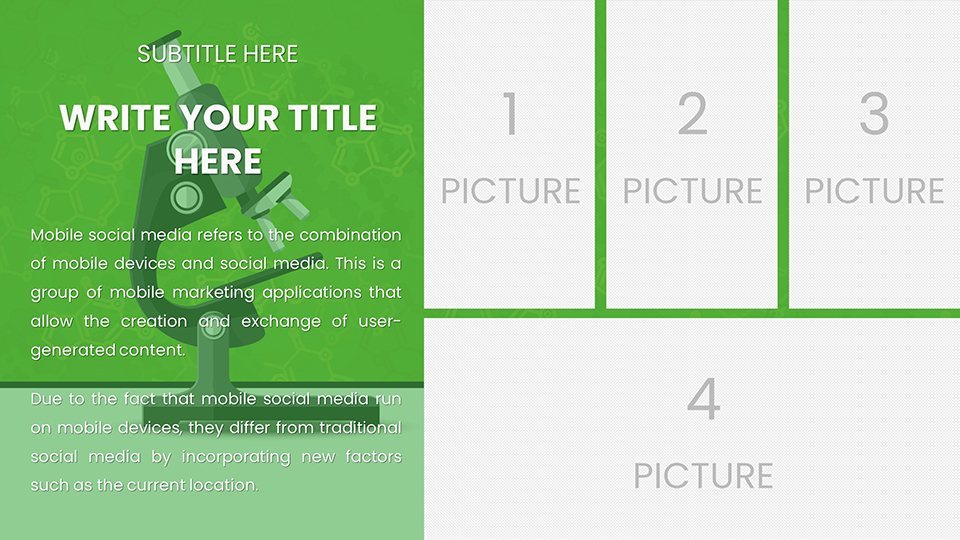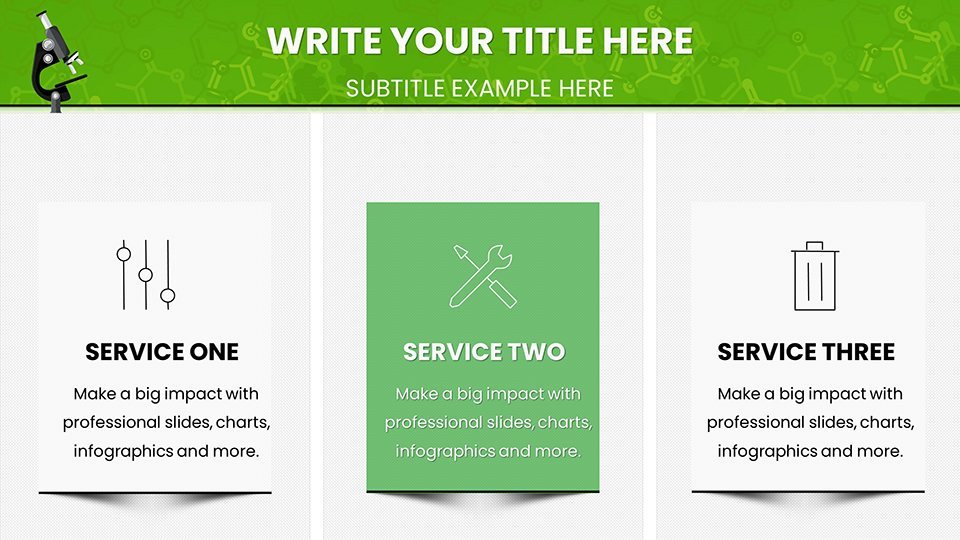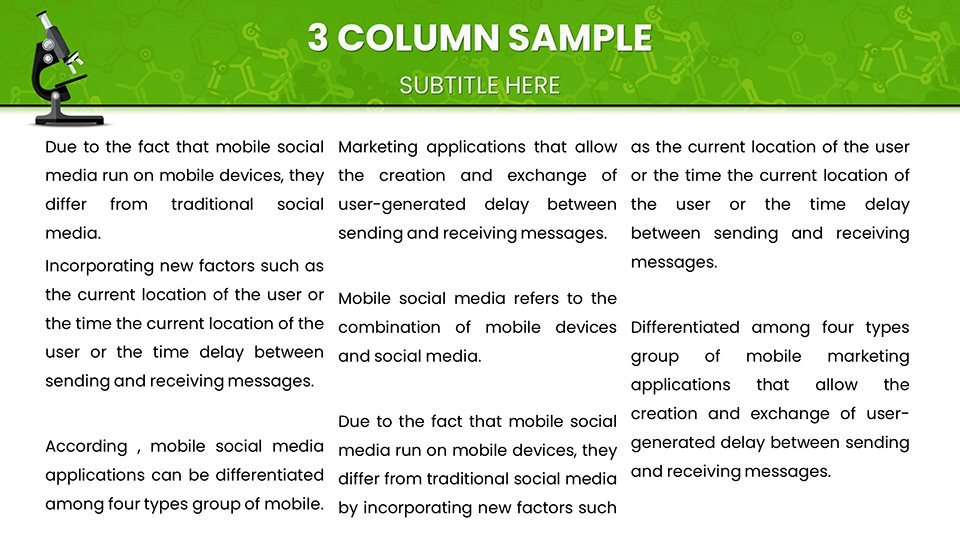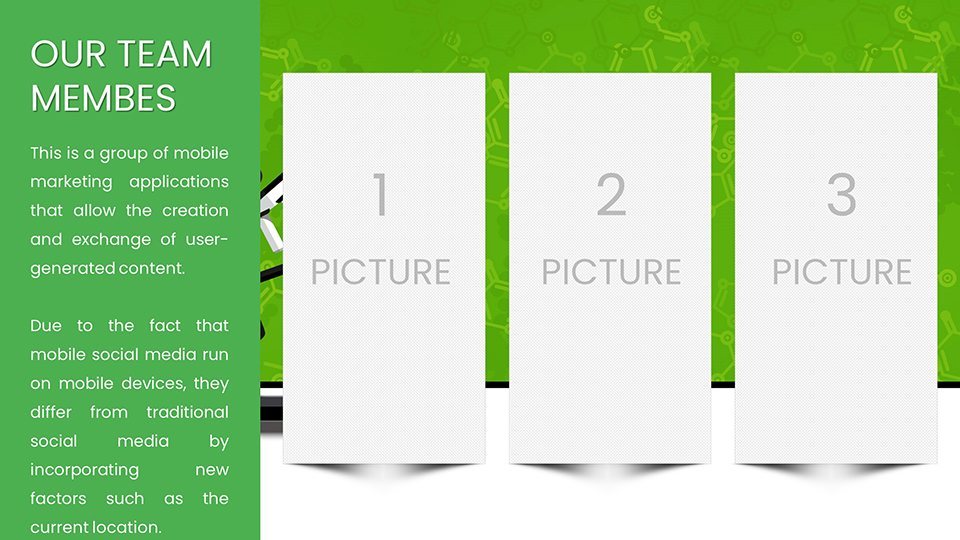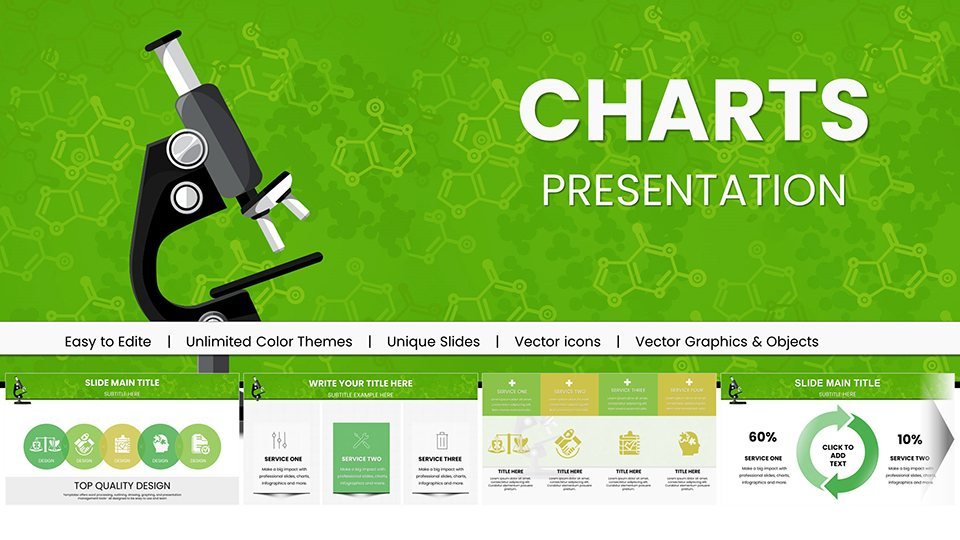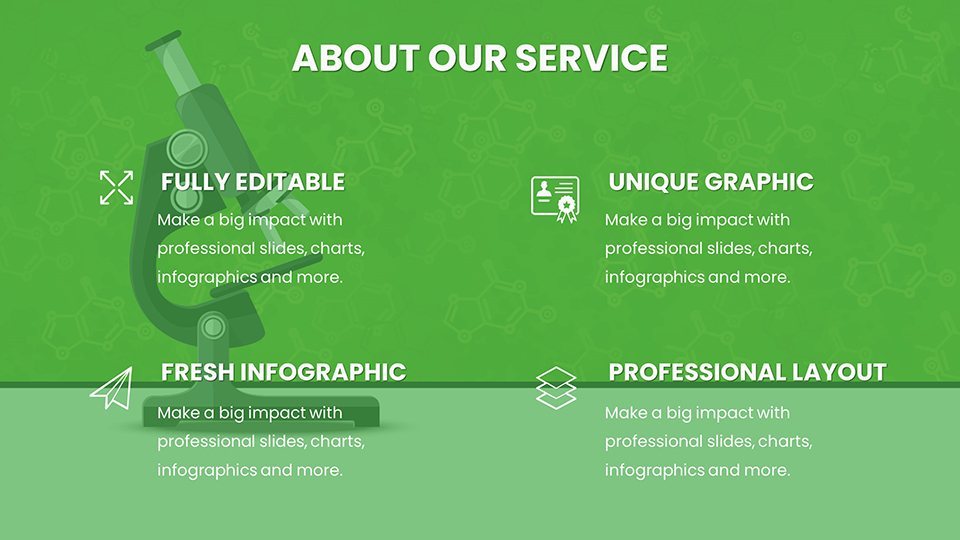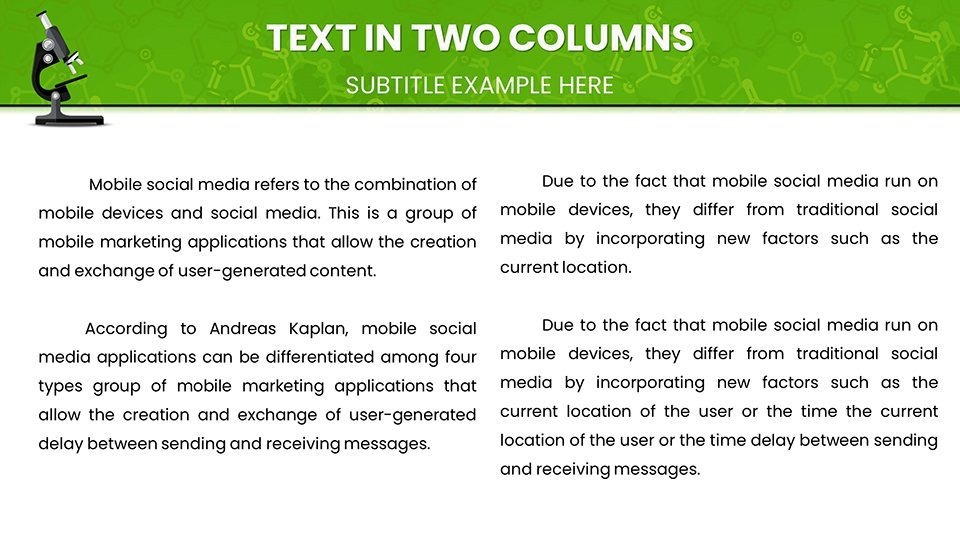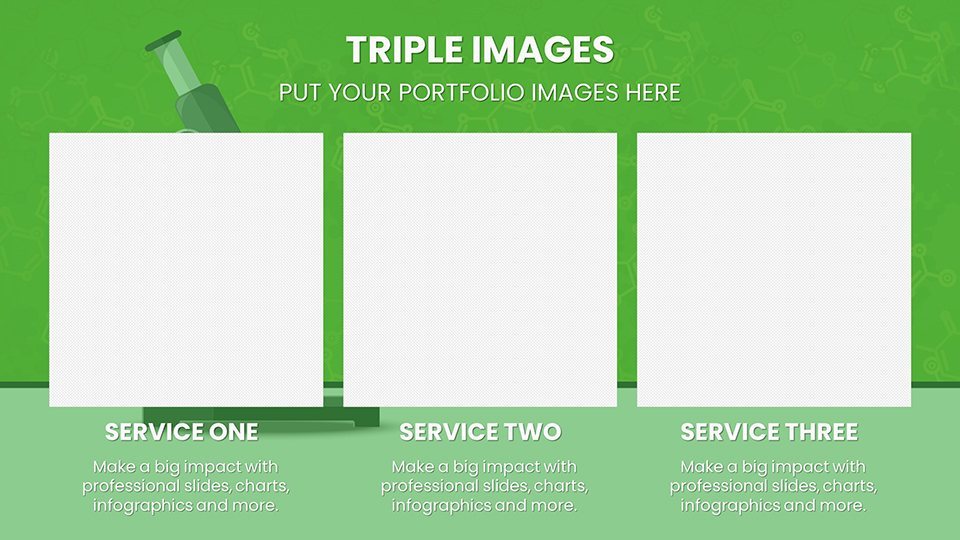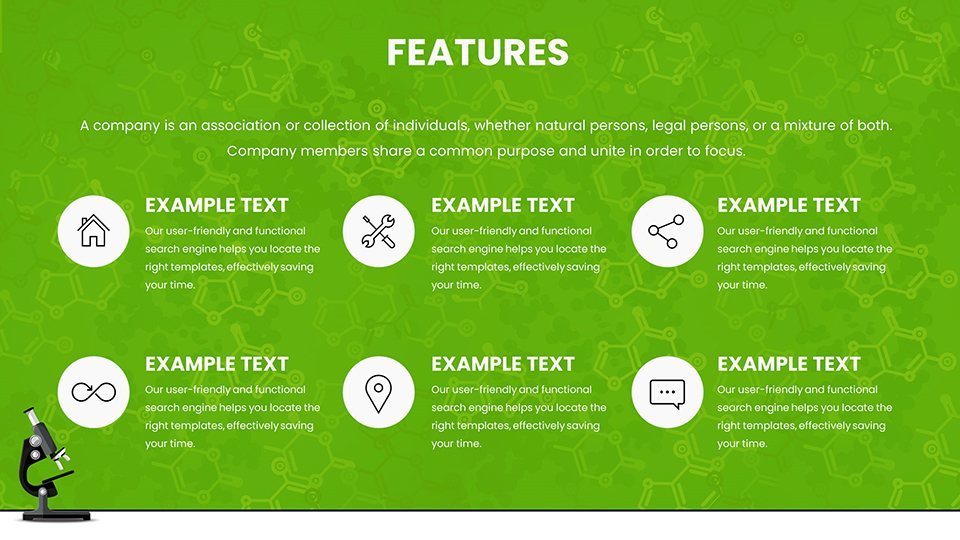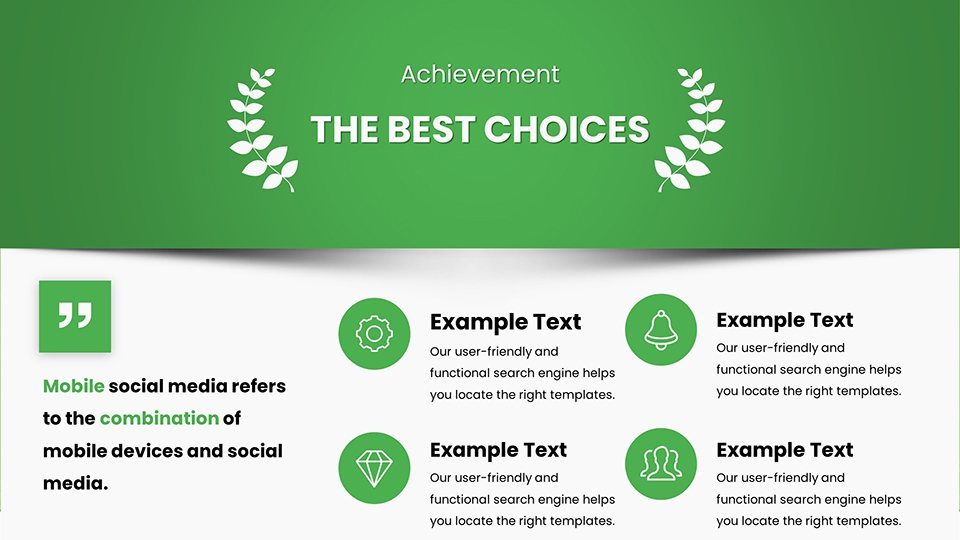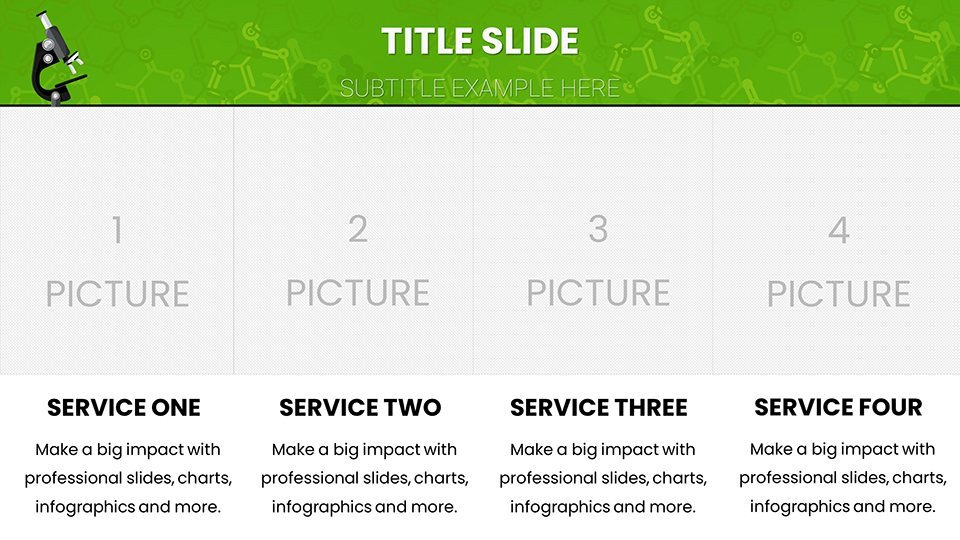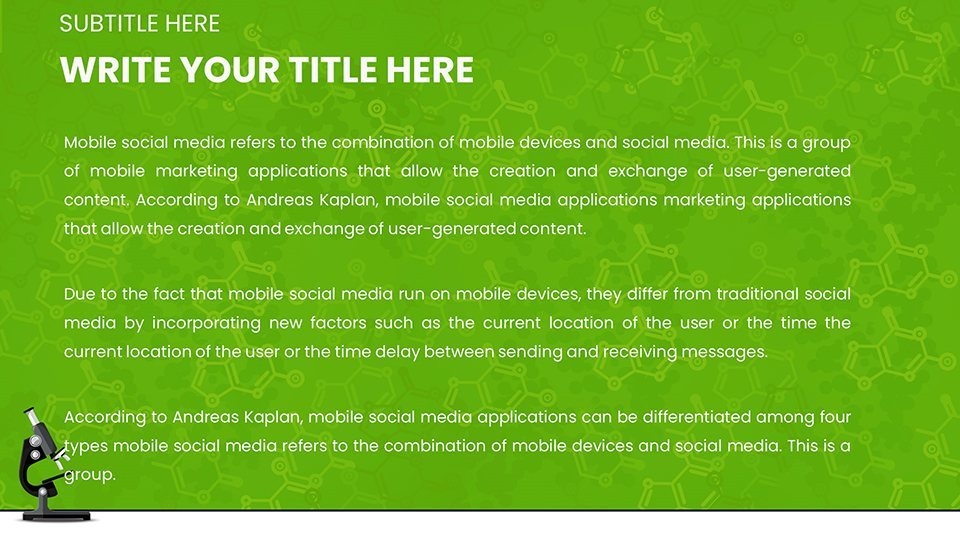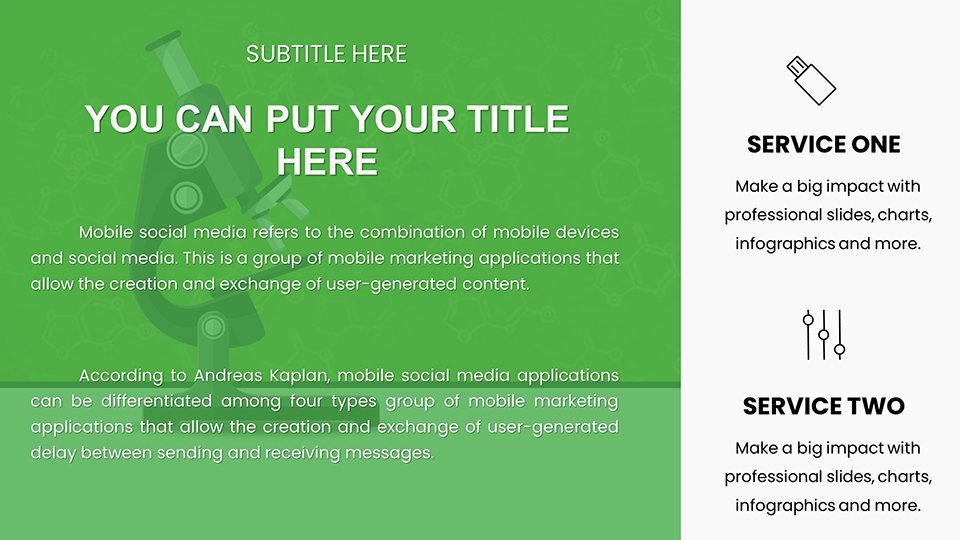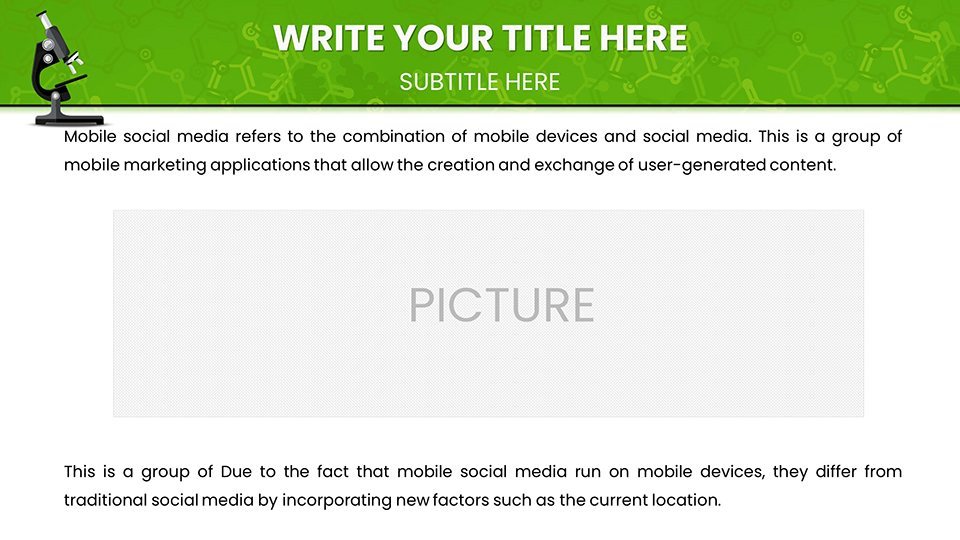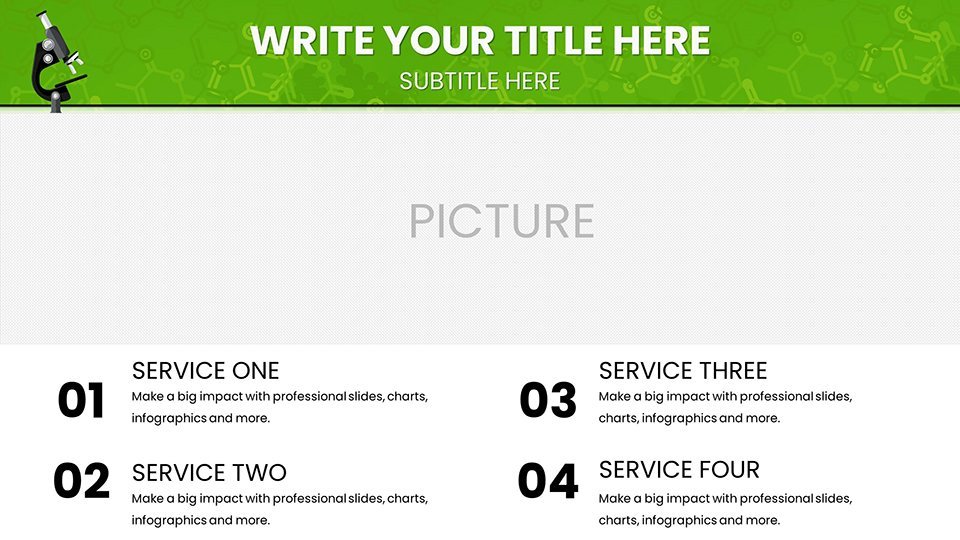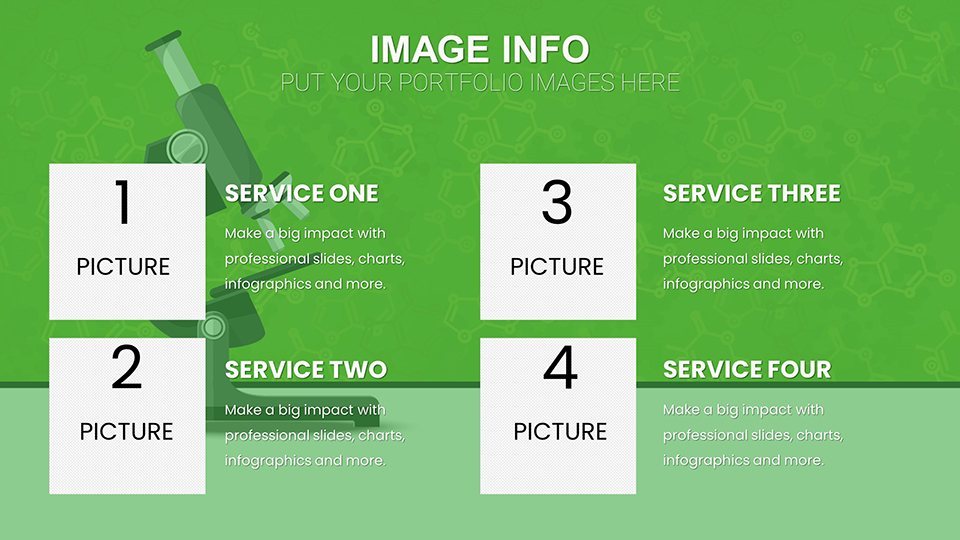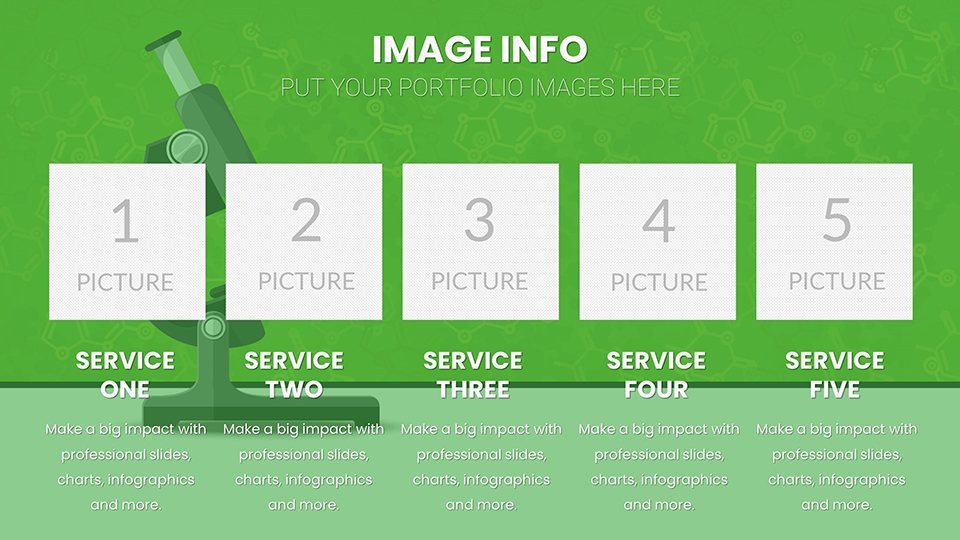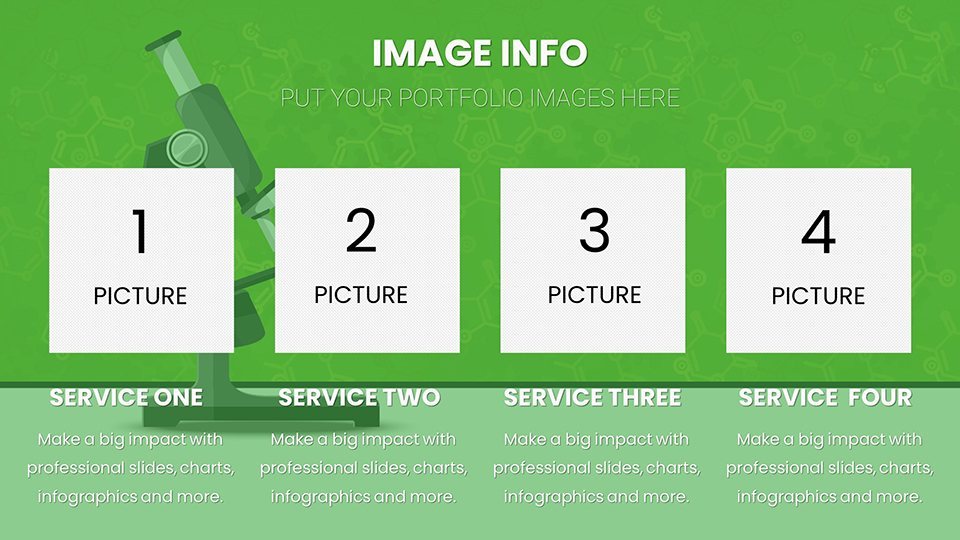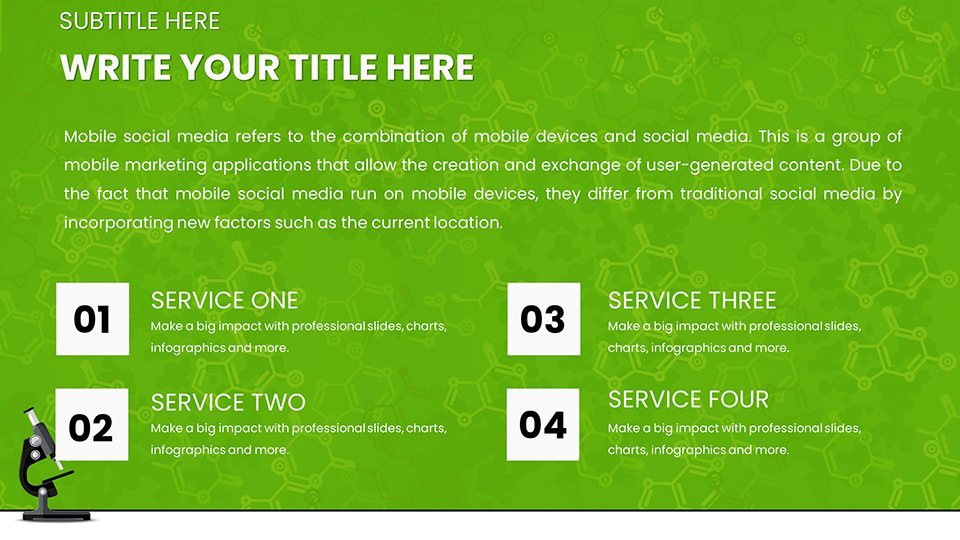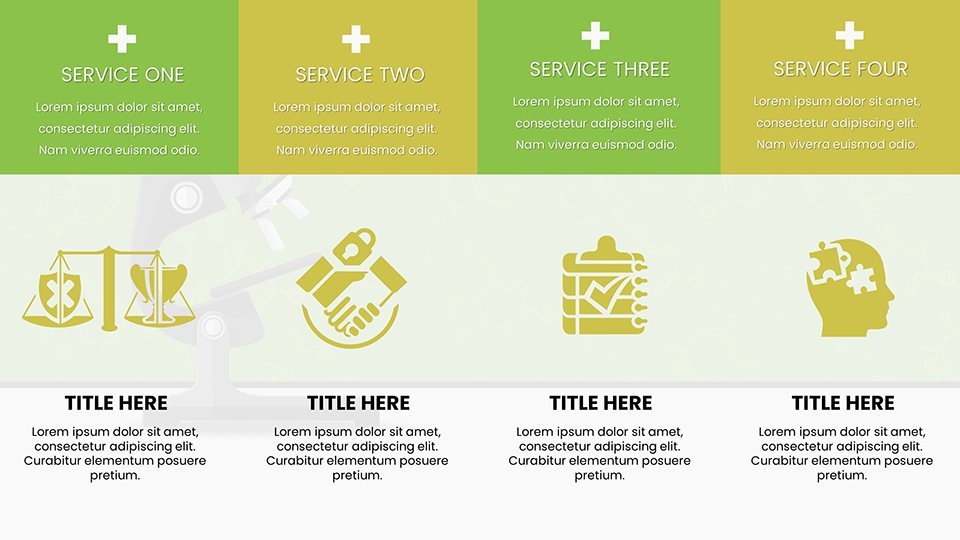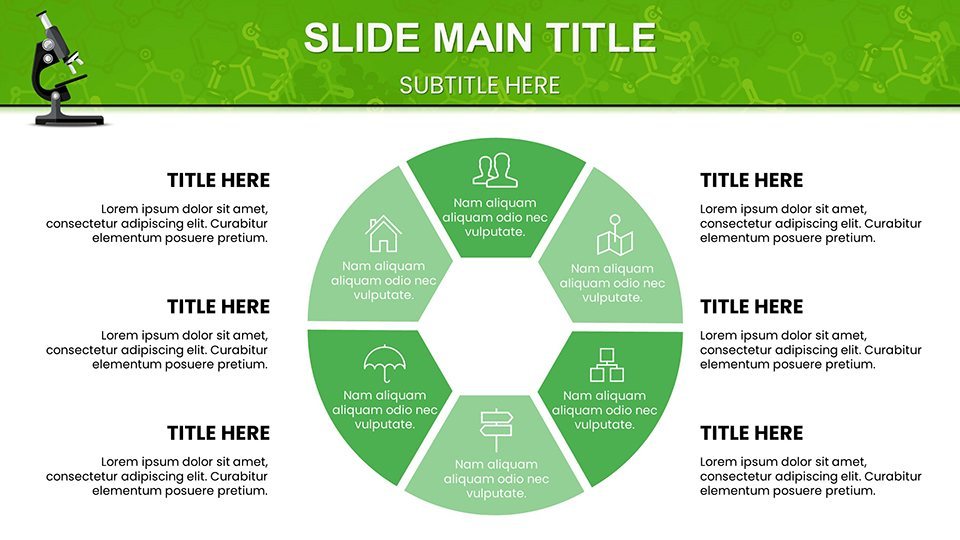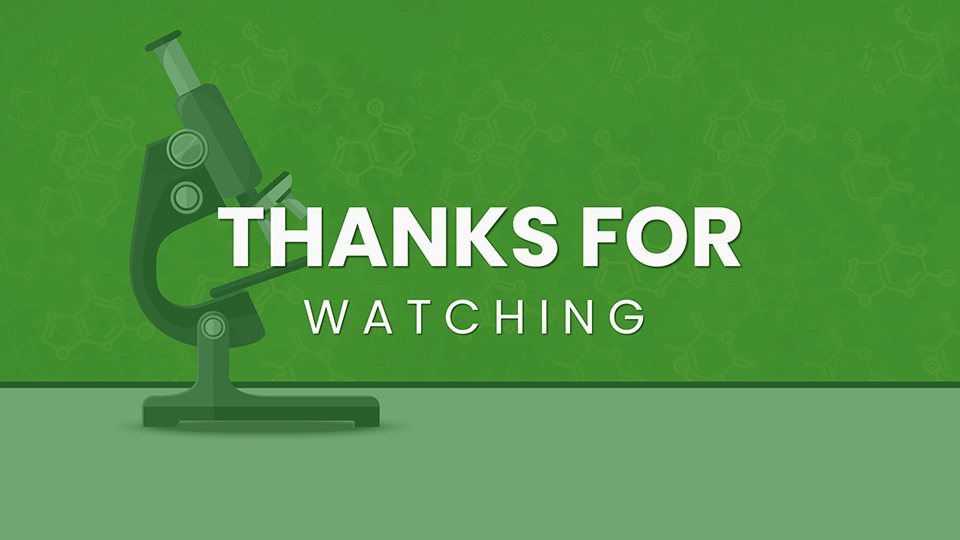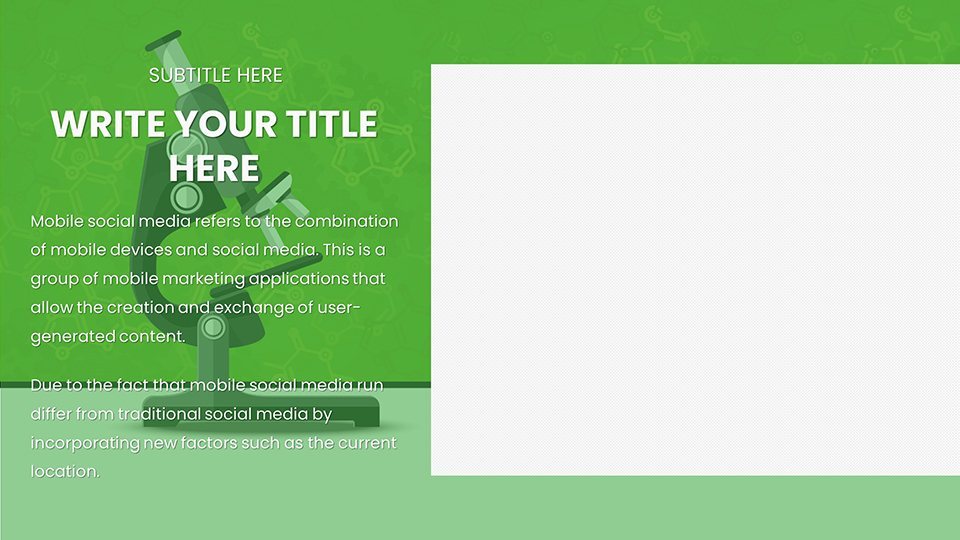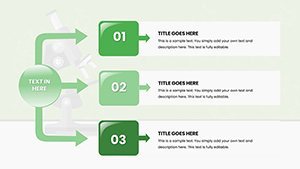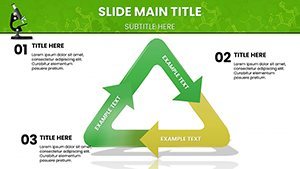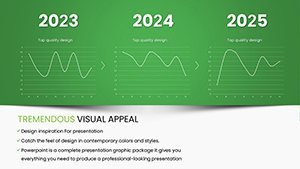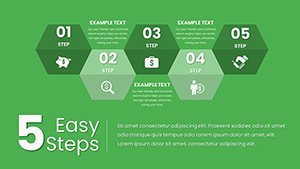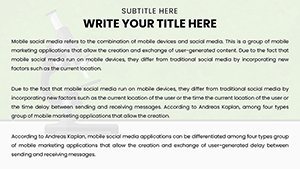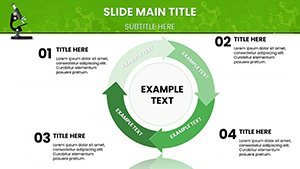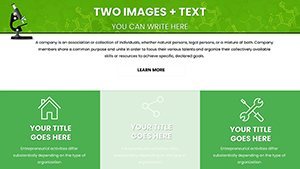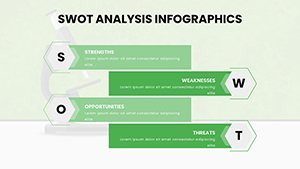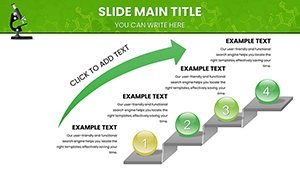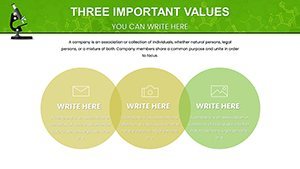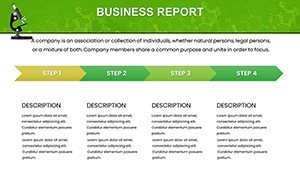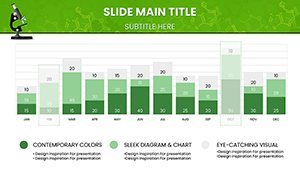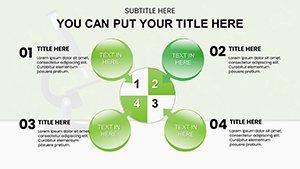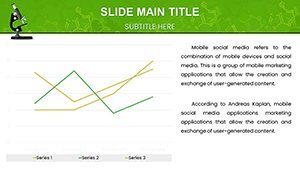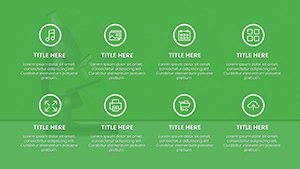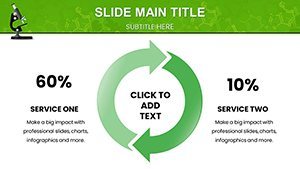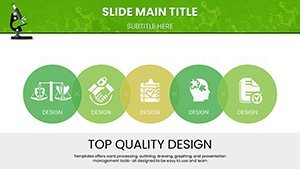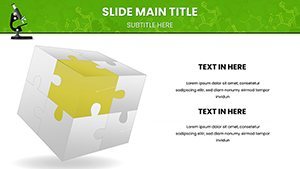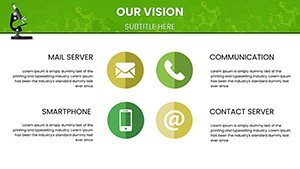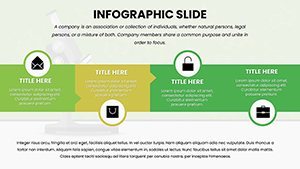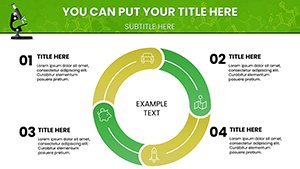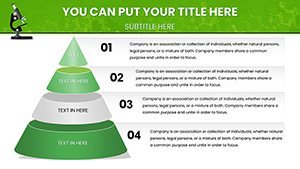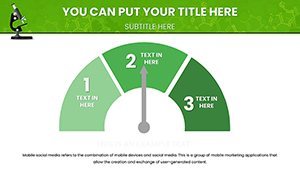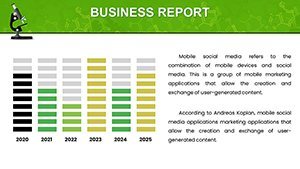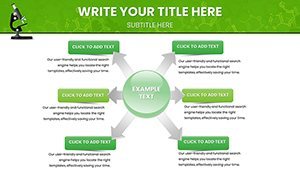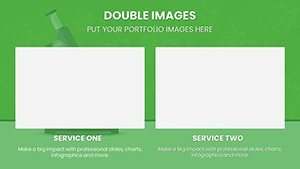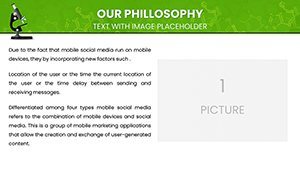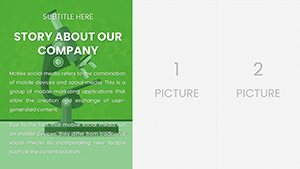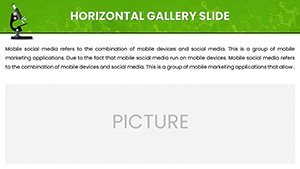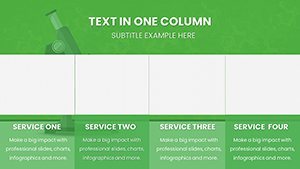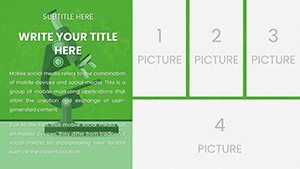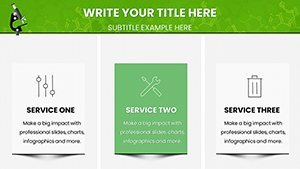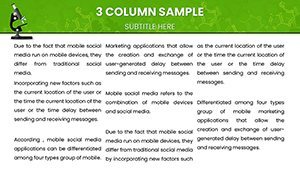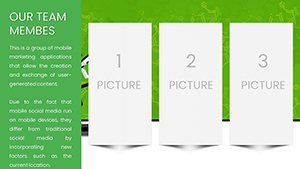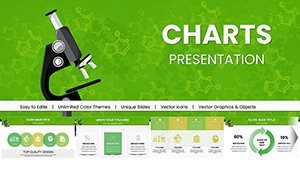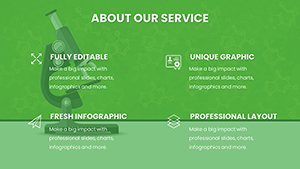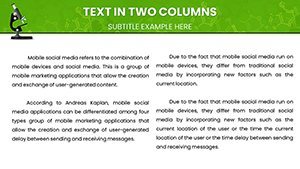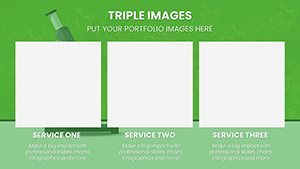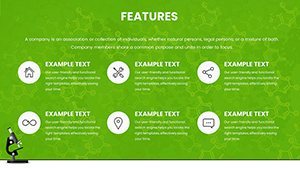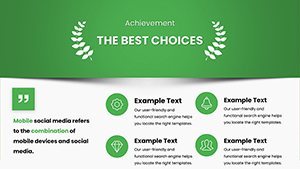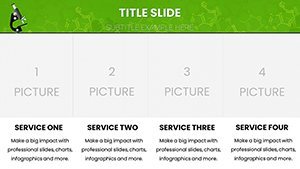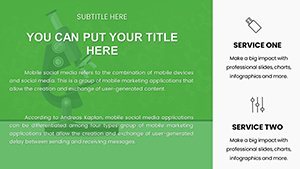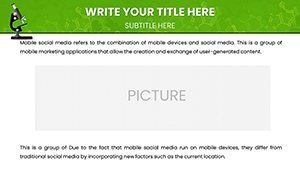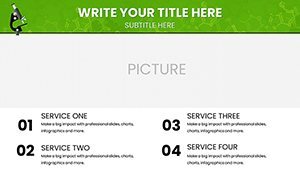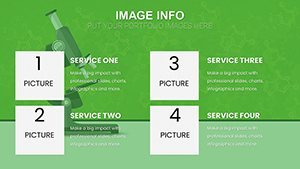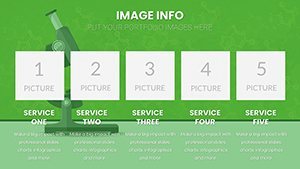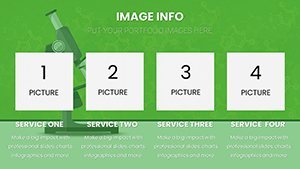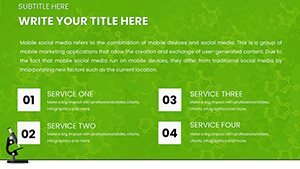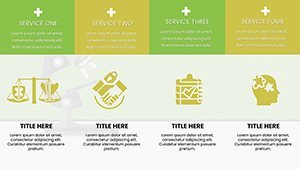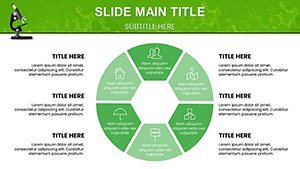Promo code "00LAYOUTS"
Chemistry Lessons Keynote Charts: Spark Scientific Curiosity
Type: Keynote Charts template
Category: Illustrations
Sources Available: .key
Product ID: KC00976
Template incl.: 56 editable slides
Chemistry comes alive when visuals bridge the gap between theory and wonder. Our Chemistry Lessons Keynote Charts and Template does exactly that, with 56 editable slides crafted to make complex concepts accessible and exciting. Ideal for high school teachers, college professors, tutors, and even homeschool parents, this template turns lectures into interactive explorations.
From atomic structures to reaction pathways, these charts simplify the abstract, drawing on educational best practices from organizations like the American Chemical Society (ACS). Enhance retention by 70% through visuals, as per studies from edtech experts at Pearson, and foster a love for science in your audience.
Visual Excellence in Chemistry Education
Clarity is crucial in chemistry, where a single bond can change everything. This template offers high-fidelity graphics for molecular models, ensuring students grasp intricacies like valence electrons or stoichiometry.
Make it your own: Edit layouts to fit lesson plans, alter colors for element coding (e.g., red for oxygen), or add annotations for custom explanations. For a lab demo, use a slide simulating a titration curve, mirroring real experiments from sources like Khan Academy.
Core Features for Educational Impact
- Interactive Simulations: Animated charts for reactions, like combustion or electrolysis.
- Molecular Delineations: 3D-like visuals for compounds, rotatable in Keynote.
- Exhaustive Coverage: Slides on periodic trends, bonding, kinetics, and more.
- Customization Tools: Easy font and palette swaps for branded classrooms.
- Experiment Graphics: Step-by-step infographics for safe, virtual labs.
Backed by pedagogy from NSTA (National Science Teaching Association), these ensure authoritative, trustworthy content.
Versatile Use Cases for Learning and Teaching
Teachers can revamp units on organic chemistry with tree diagrams showing synthesis routes, engaging students in ways textbooks can't. Tutors might use cycle charts for biogeochemical processes, aiding retention for exams like AP Chemistry.
Homeschoolers benefit from self-paced slides, like those on pH scales with interactive sliders. In corporate training, adapt for chemical safety sessions, referencing OSHA standards in visuals for compliance.
Guided Workflow for Seamless Integration
- Plan Your Lesson: Select slides matching objectives, e.g., equilibrium for Le Chatelier's principle.
- Customize Content: Input formulas or data; animate for dynamic reveals.
- Enhance Interactivity: Add hyperlinks to videos or quizzes.
- Test Engagement: Share drafts with peers for feedback.
- Deliver and Assess: Use in class, then evaluate understanding via follow-up slides.
Compatible with iPad for mobile teaching, this fits modern edtech ecosystems.
Outperforming Generic Educational Tools
Standard Keynote pales against this specialized set, with pre-built chemistry icons saving design time. It weaves LSI like "chemical equilibrium diagrams" or "molecular orbital theory visuals" organically.
Contrast: Basic shapes vs. our precise Lewis structures. Educators on forums like Reddit's r/chemistry laud such templates for transforming dull lessons into discoveries.
Expert Strategies for Chemistry Mastery
Layer concepts: Start with basics like atomic models, build to complexes like polymers. Infuse humor - label a chaotic reaction slide "When chemistry goes boom!" Cite real discoveries, like Curie's work, for inspiration. Keep visuals clean; use grids for alignment per design pros at Adobe.
For virtual classes, export to interactive PDFs, extending reach. Always tie back to real-world apps, like pharmaceuticals, to show relevance.
Ignite Your Chemistry Journey Today
Unlock the potential of visual learning with our Chemistry Lessons Keynote Charts. These 56 slides are your catalyst for engaging education. Dive in - customize and teach with passion now.
Frequently Asked Questions
- How interactive are the experiment simulations?
- Highly; animations allow step-by-step walkthroughs in Keynote.
- Can students use this for self-study?
- Yes, editable for notes and personal quizzes.
- What chemistry levels does it cover?
- From introductory to advanced, including high school and undergrad topics.
- Is customization beginner-friendly?
- Absolutely, with intuitive Keynote tools - no coding needed.
- Does it include assessment slides?
- Yes, with quiz templates and review charts.
- Are visuals scientifically accurate?
- Yes, based on standard models like VSEPR theory.

